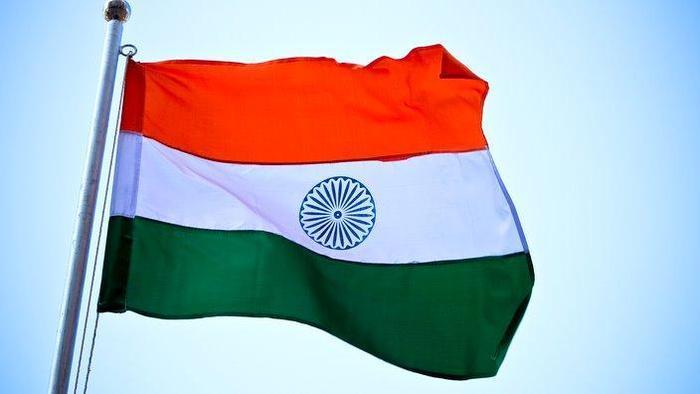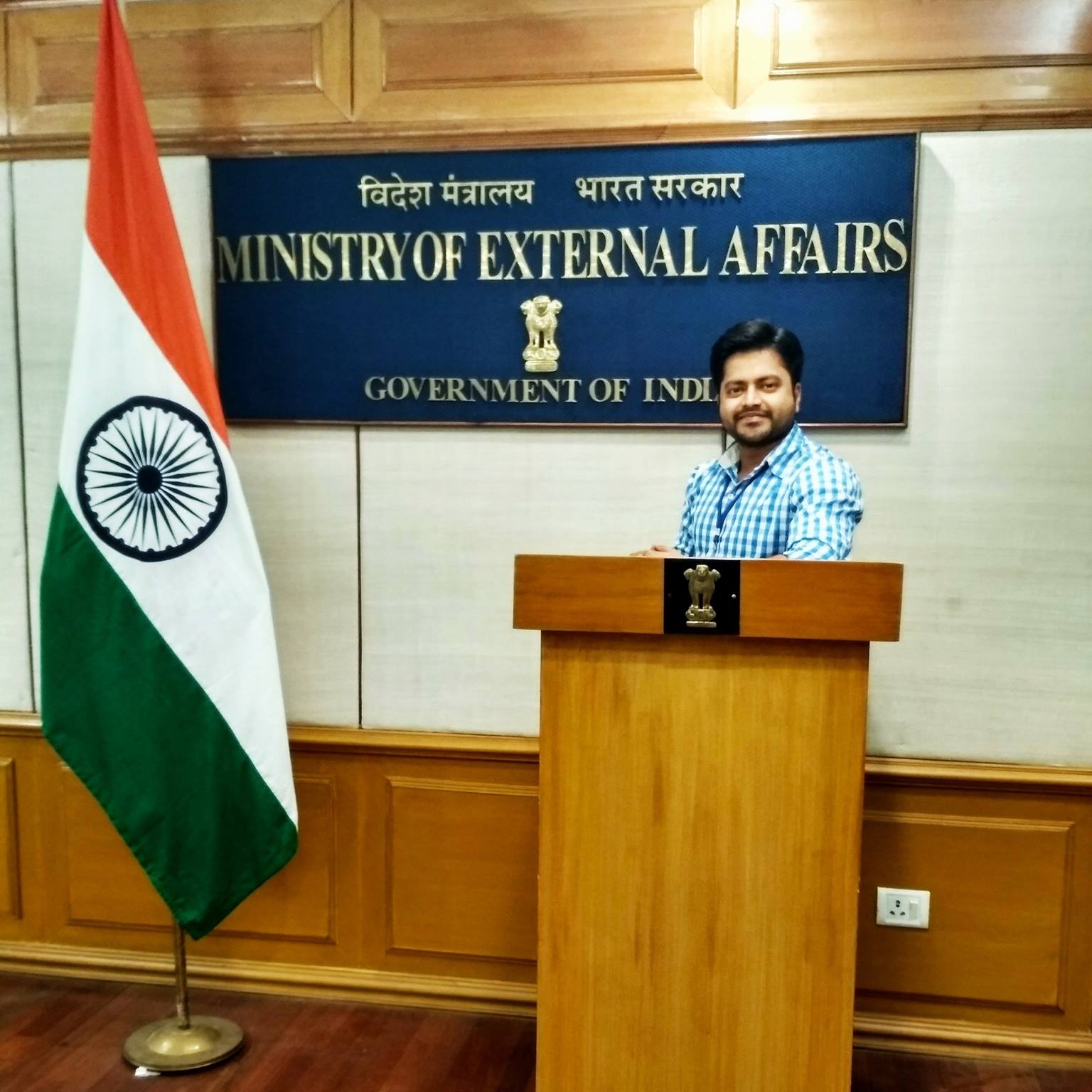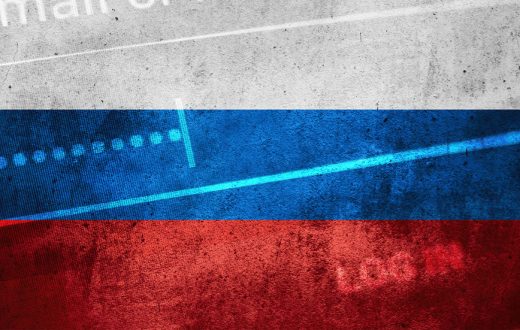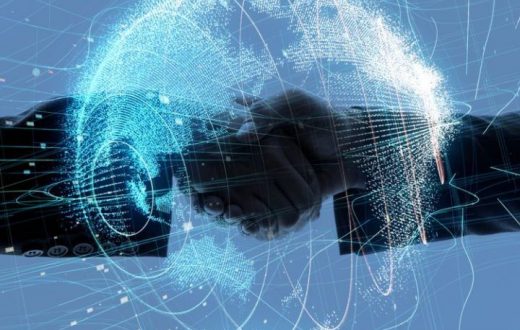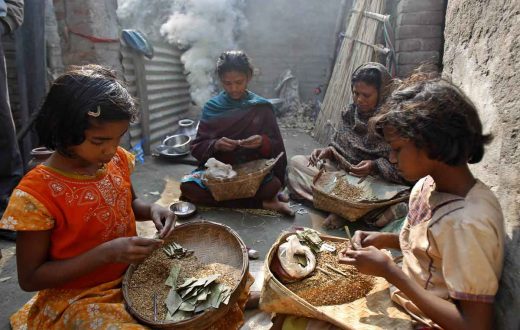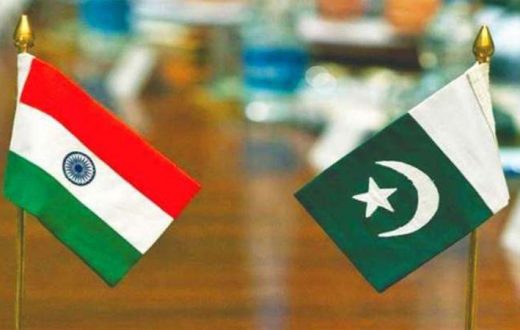On July 8, 2010; India’s Ministry of External Affairs (MEA) sent its first “tweet.” This use of the popular social media tool was just one of a series of efforts to bolster and leverage India’s soft power by improving its public diplomacy by engaging with Web 2.0.2 Since then the MEA of India has inaugurated a new web portal for Indian Public Diplomacy; released a string of videos on YouTube and a portfolio of photographs on Flickr; launched a dedicated Facebook page; and, in conjunction with the Center for Media Studies Academy in New Delhi, held its first conference on the theory and practice of public diplomacy.
These ventures follow close on the heels of three other significant recent initiatives: a dedicated Public Diplomacy Division within the MEA in May 2006, a raft of new schemes designed to engage domestic and foreign public opinion, and a series of high-profile dialogues with foreign think tanks, most notably with the London-based International Institute for Strategic Studies (IISS).
These various developments are eye-catching, but they are not without precedent. India has a long history of trying to use public diplomacy and other instruments of soft power to secure its foreign policy objectives. After Independence, India invested considerable resources in high-level dialogues, intellectual and cultural exchanges, and conferences of concerned parties, seeking to influence peoples as well as governments by using open diplomacy and moral suasion. To a degree, India’s new public diplomacy builds upon this tradition, but it also departs from India’s past practice in three key ways.
- First, India’s new public diplomacy is actively seeking new audiences within India (notably, politically engaged young people at home), in the West (Indian diaspora communities abroad), and in the developing world (key opinion formers in India’s immediate region or resource-rich states in the global South).
- Second, Indian officials are attempting to render India’s foreign policy-making process more open and democratic by engaging in dialogue with communities outside the New Delhi political and diplomatic elite.
- Third, the effort seeks to utilize new media rather than traditional methods to reach its various target audiences.
Since the mid-2000’s, India has reformed its public diplomacy, reinvesting in traditional modes of building soft power, such as the cultural exchanges organised by the ICCR, and utilising new methods, including the use of new social media. In part, these efforts are a response to a wider “struggle for soft power” in Asia, stimulated by major investments by the PRC. In part too, they are extensions of India’s long-standing concern with public diplomacy, which stretches back into the Nehru era.
Lastly, these initiatives have been stimulated by a growing interest among India’s foreign policy elite in the possibilities presented by the Internet and especially by Web 2.0. While there is some evidence to suggest that public diplomacy often struggles to build soft power in the ways that states might wish, this article has suggested that there are some reasons to think that India’s efforts in this area might bear some fruit. Views of India’s national “brand” have improved albeit marginally over the past few years and patient public and traditional diplomacy can be credited for some of this improvement. At the same time, as former External Affairs Minister Shashi Tharoor observes that
‘India’s elite has become more “conscious” of its present and latent soft power and the potential it might hold for transforming India’s international relations.’
The key challenge for foreign policymakers, Tharoor rightly notes, will be how to keep adapting its new and traditional public diplomacy to best manage India’s reputation as its politics and society are subjected to greater scrutiny in response to its global “rise”. It is obvious for any country to glorify its assets to their potential audience. Here it is imperative that any nation has to compel their voices to their listeners with provocative tactics. If you can’t convey, possibilities submerge automatically.
From the last decade, the mouthpiece of MEA is very vocal with international and national issues as well. They responded every instance with new tech team abilities in a graphical and pictorial manner. It gives edge to their presence among literati as well as common practitioner. Not only EAM of India Minister’s of State earlier were very proactive to respond officially as a channel of communication. A regular press briefing in every week gives them nook to locate themselves in this fast changing digital world. Several divisional level secretaries also contribute to briefings other than official spokesperson of MEA.
I would say that the changing dynamics of XPD Division paves way for great interaction among the world. On my personal experience, I pitch that the special representation by the secretarial level, enhanced steps from new foreign services recruits, and PPP in IT team result them in long run. There is significant impact of Pravasi Bhartiya Diwas on the image of MEA and it is showing more emerged comparatively.

